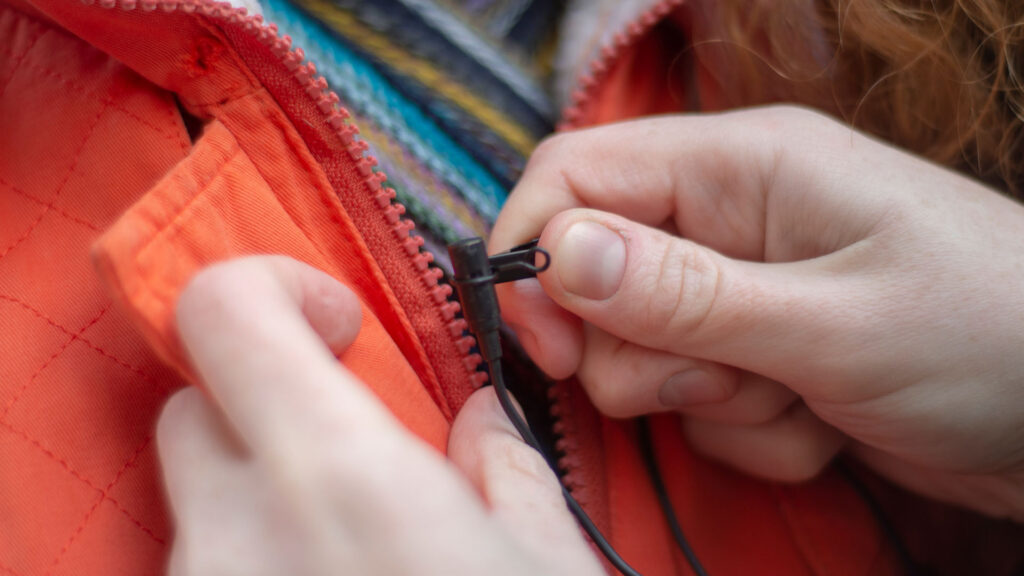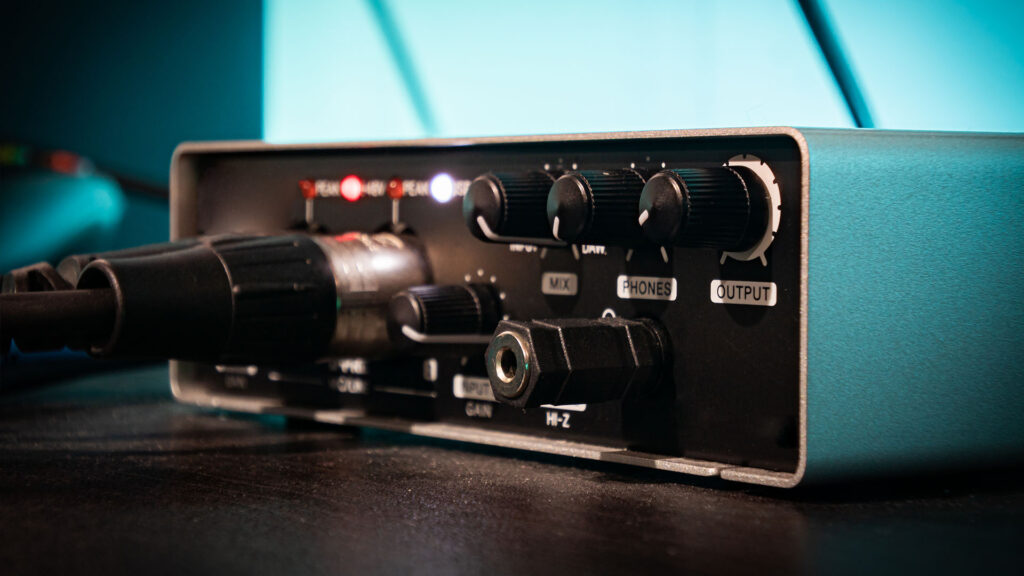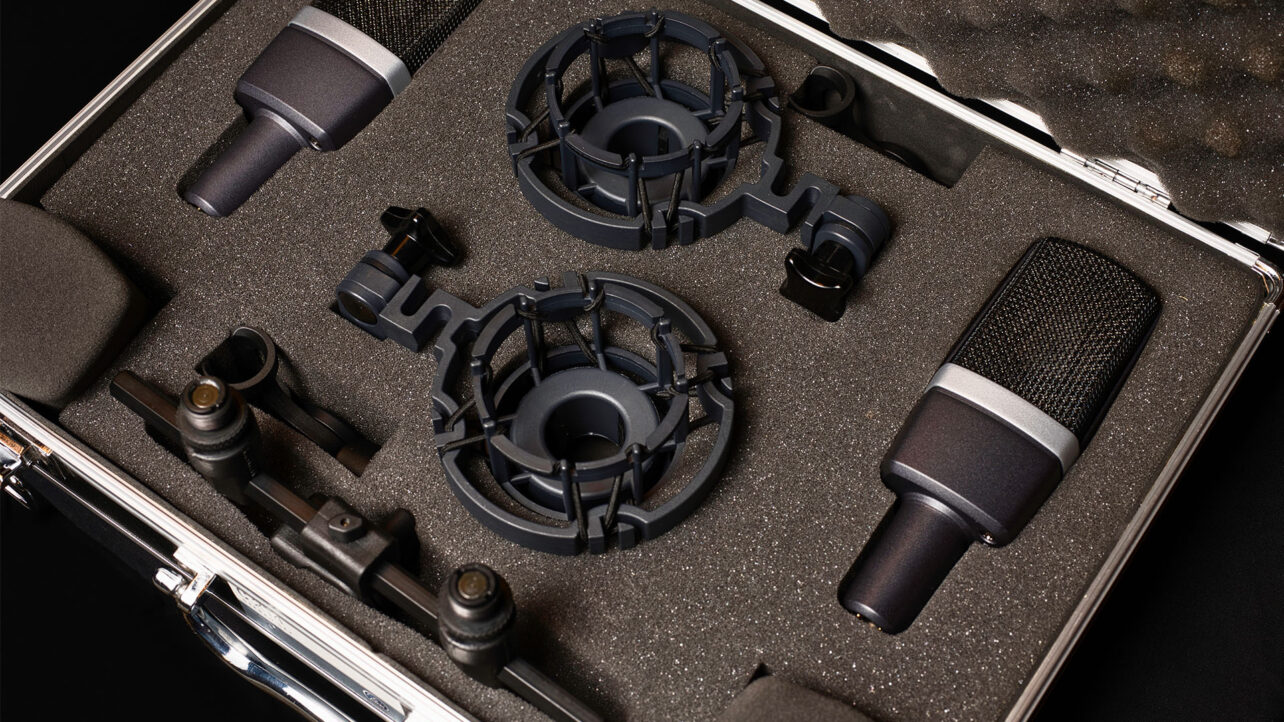When embarking on your creative audio journey, choosing the right microphone is pivotal in setting the stage for success. Ensuring the microphone is suitable for your work and finding one with the best quality for your needs can be overwhelming for some. For beginners, here’s a guide on what to look for when choosing your microphone.
The Importance of Audio
Audio is crucial in the creative field as it enhances the realism you showcase to your audience. If you specifically want to record sounds yourself, whether, for a short film, social media content, or your next musical masterpiece, you will need a microphone.
Like any gear, microphones have various factors to consider, which can sometimes be overlooked when deciding which microphone to purchase. With the plethora of microphones available on the market, knowing more about what you’re looking for in a microphone can help narrow your options. By carefully assessing these factors, understanding what they are, and how they best suit your needs, you can pick the perfect microphone for you.
Work Environment
Before delving into the types of microphones and their various factors, you must determine the kind of work and the space you will be working in.
Are you working solely in a studio, or will you be venturing outdoors? You might buy a microphone with excellent specs and quality but use it in the wrong environment. Perhaps you only want to record vocals, either for music or dialogue. Field recording might interest you, requiring working outdoors and capturing ambient sounds. Knowing what sounds you want to record can greatly influence the microphone you should purchase.
What Type of Microphone Will You Need?
The next step is narrowing down the type of microphone you will need. Microphones come in various shapes, sizes, and functionalities. While they all capture sound and convert it into electrical signals, microphones specialize in certain scenarios and are built for specific purposes. Some are more sensitive than others or more robust. Here are a few examples of the types of microphones frequently used in the creative industry.
Condenser Microphones
Condenser microphones are typically the most popular choice in music production and filmmaking applications. They are susceptible and excel at capturing every detail from various sound sources, ranging from vocal recordings to outdoor ambience.

Shotgun microphones are a common condenser microphone widely used in the audio industry due to their high directionality. They prioritize capturing sound directly in front of the microphone while minimizing sounds from the sides. They are specifically designed with long interference tubes in front of the diaphragm, which further narrows the polar pattern.
Furthermore, shotgun microphones are great for indoor and outdoor recordings, provided you have suitable accessories such as a windshield and pistol grip to minimize unwanted background noise.
Large Diaphragm Condenser Microphones
Another popular type of condenser microphone is the large diaphragm condenser microphone. These are heavily used in studios to record vocals and perform better when the sound source has a higher SPL (Sound Pressure Level). The larger diaphragm captures lower frequencies, typically found in bigger sounds like the human voice. Due to the larger diameter, the diaphragm is thicker, providing better durability for punchier sounds.
Dynamic and Ribbon Microphones
Dynamic microphones are less sensitive than condenser microphones and are perfect for live performances. Like large diaphragm condenser microphones, they can handle sounds with higher SPL. Dynamic microphones can handle louder volumes and are generally less sensitive overall. Additionally, their robust build allows them to withstand more impact than condenser microphones.
On the other hand, Ribbon microphones are even more sensitive and delicate in their construction. They are used in broadcasting and music production and are known for their brilliant sensitivity and increased low-end frequency response, which adds weight and warmth to the sound. Ribbon mics are best suited for controlled environments like the studio and are not typically used outdoors or for live performances due to their delicate nature.
Lavalier Microphone
A Lavalier microphone is a suitable option if you are a content creator. Unlike a microphone attached to a camera or a boom pole, lavalier mics are tiny, discreet, and great for those who need a hands-free device. A Lavalier mic can pick up the voice and isolate other sounds, but this is due to its proximity to the sound source when attached to one’s clothing.

Lavaliers work with a transceiver device attached to a camera, which receives the audio. There is no need to sync the audio to the video in post-production, as it is already done. The only downside to Lavalier mics is their price—they can be quite expensive, but they are a worthwhile purchase. Some content creators may opt for a shotgun microphone mounted on their camera as they have a more concentrated pickup pattern. However, a Lavalier mic will yield better results if you have the budget.
Polar Patterns
Polar patterns are a considerable factor when choosing a microphone. This is the area in which the microphone can pick up sound.
Most of the time, picking sounds directly in front of the microphone is the best bet. However, there may be cases where you want the microphone to pick up sound from the sides and the back.
When looking for microphones, they will have a polar pattern chart showing the area from which the microphone can pick up sound. The most common pattern is cardioid (heart-shaped pattern), which is great for capturing sounds from the front and slightly angled due to its coverage on the sides. This is a beginner-friendly choice, as the placement of cardioid microphones is more forgiving than others.
Microphones with tighter pickup patterns, like hypercardioid or unidirectional, are better for those seeking precise directionality. They reject sounds from the sides more effectively compared to a cardioid design. For instance, if you are outdoors and want to capture a specific sound source from an object or animal, placing the microphone directly in front will result in a more focused pickup.
Shotgun microphones fall under this category and are perfect for recording sounds directly in front of the microphone. The downside of these patterns is that they are more sensitive to sound sources behind the microphone.
A microphone with an omnidirectional pattern is suitable if you want to pick up sounds from all around you. It picks up sound in a 360-degree radius and is equally sensitive at all angles.
Speaking of pickup patterns in other directions, a Figure 8 polar pattern allows sound to be picked up from the front and back while rejecting noise from the sides.
Some microphones offer multiple polar patterns, which can be beneficial for recording various sound sources. For example, the Rode NT2-A has a cardioid pattern, and Figure 8 and Omnidirectional.
USB or XLR?
A USB microphone is a great and affordable option for starting your podcast or recording your voiceovers. The only downside to USB microphones is their lower quality. While they are well-suited for voiceovers, the quality may decline when used for music production or other audio-related applications. In those cases, an XLR microphone would be more beneficial.
XLR microphones are more expensive and require an audio interface, but they offer better quality. This is due to the connector mechanics of XLR, which reject induced noise in the cable when connected to an audio interface. If you’re considering a serious audio venture, using XLR is the way to higher-quality audio. However, if you don’t have the budget and want to start a podcast, a USB microphone will do just fine.

Microphone Sensitivity
Microphone sensitivity can be found in the specifications and tells you the electrical output in millivolts (or dBV) for an acoustic input in Pascals (Pa) or dB(SPL) measured at 1kHz. Condenser microphones have higher millivolts per Pascal as they better pick up more detail in sounds. In comparison, dynamic microphones have lower millivolts per Pascal. This means less gain or amplification is needed to achieve a decent level for sensitive microphones.
Here’s an example with two large diaphragm condenser microphones: the Lewitt 440 Pure and the Rode NT2-A.
The Lewitt 440 Pure has a sensitivity of -31.2 dBV/Pa, and the NT2-A has a sensitivity of -36.0 dB re 1 Volt/Pascal. Here, the Rode NT2-A is slightly more sensitive, and generally, a higher sensitivity is preferred for microphones.
Signal-to-Noise Ratio and Equivalent Noise Level
The signal-to-noise ratio (SNR) is another measurement used to indicate the quality of a microphone’s output by comparing the desired signal level to the unwanted background noise or electrical interference level. It is expressed in decibels (dB), and generally, a higher value indicates a lower noise level about the desired signal, resulting in better quality. In other words, it shows how much louder (in dB) the desired signal is compared to the noise floor.
Microphones also specify the equivalent noise level (ENL), which indicates the level of self-generated noise or noise floor produced by the microphone. It is measured in decibels SPL (Sound Pressure Level). The lower the ENL figure, the less self-noise occurs.
Microphone Recommendations – Budget Friendly
- Shotgun Microphone: Rode VideoMic Pro+ – $249. This shotgun microphone is suitable for indoor and outdoor recordings, with excellent directionality and the ability to minimize unwanted background noise. It is a popular choice in the audio industry.
- Large Diaphragm Condenser Microphone: Audio-Technica AT2020 – $99. This large diaphragm condenser microphone is commonly used in studios for recording vocals. It provides good sensitivity and captures lower frequencies, making it suitable for capturing the human voice.
- Dynamic Microphone: Shure SM58 – $99. The Shure SM58 is a renowned dynamic microphone perfect for live performances. It can handle higher sound pressure levels and has a robust build, making it durable and reliable.
- Ribbon Microphone: sE Electronics Voodoo VR1 – $399. The Voodoo VR1 is a high-quality ribbon microphone known for its sensitivity and increased low-end frequency response. It adds weight and warmth to the sound, making it suitable for controlled environments like the studio.
- Lavalier Microphone: Sennheiser ME2 – $129. The Sennheiser ME2 is a lavalier microphone that is discreet and hands-free. It offers good voice isolation and is commonly used by content creators. It works with a transceiver device attached to a camera.
Please note that the prices mentioned above are approximate and may vary depending on the location and availability. It is always recommended to research further and compare prices before making a purchase.
With these sections covered, you should be more than well-informed to make the right choice when purchasing your next microphone.
Looking for more articles on audio? Check out these:

